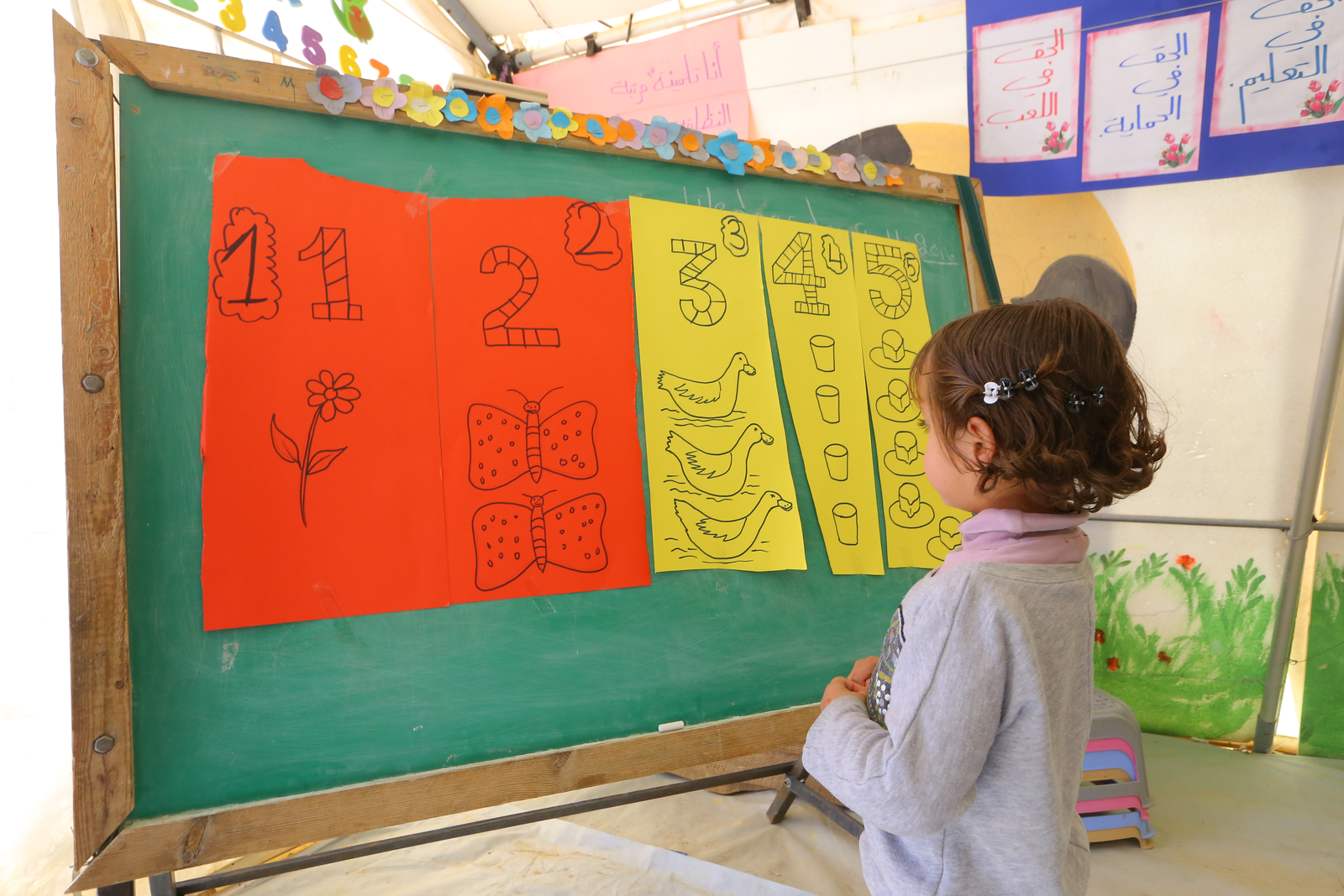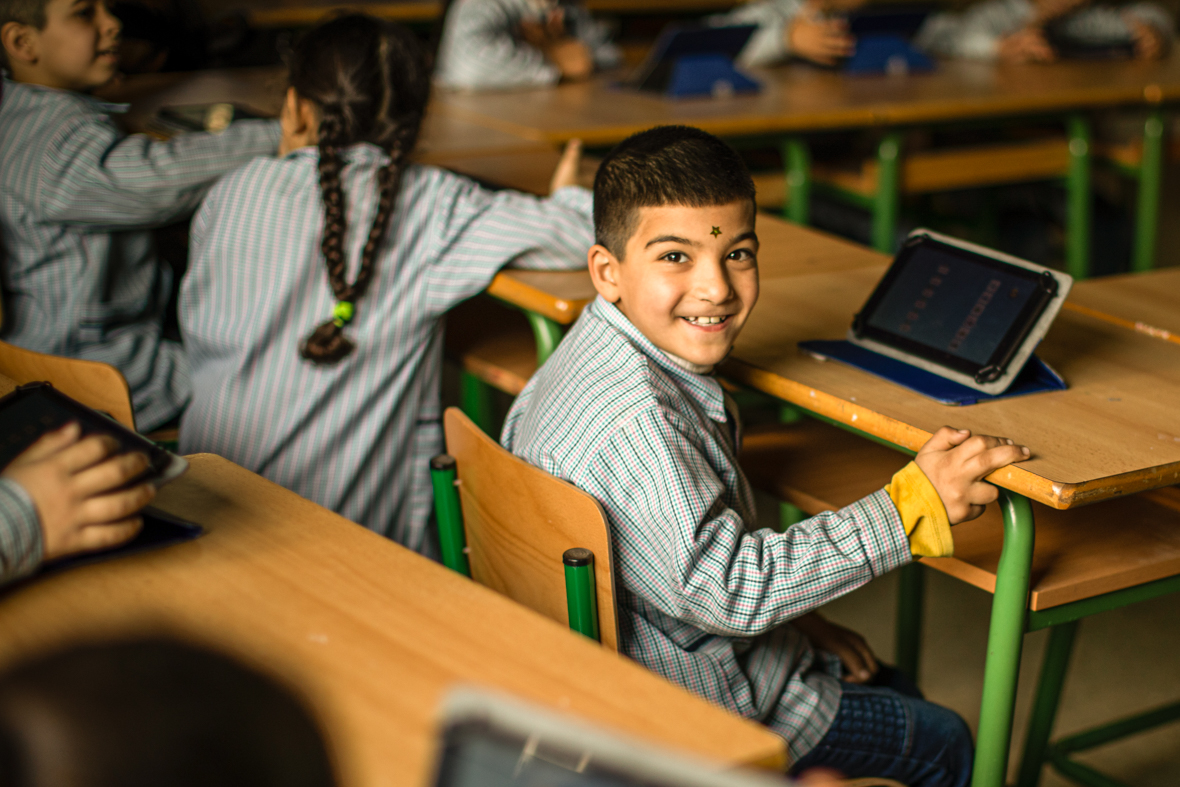
War in Central African Republic leaves ‘sacrificed’ generation out of school
Child soldiers, Children in conflicts, Education funding, Education in emergencies, Refugees and internally displaced people, Right to education, Safe schools
An upsurge in violence has seen more families fleeing from their homes and hundreds of thousands of children having their education disrupted.
A generation of children are being “sacrificed” because the humanitarian crisis in the Central African Republic means they are not going to school.
Many children are starving and one in five babies don’t survive beyond their first birthday in a country where funding cutbacks have seen aid reduced.
“It breaks my heart every time a child comes to me and says I’m hungry,” said Najat Rochdi, United Nations Humanitarian Coordinator for CAR.
“It’s horrible, really horrible. Unfortunately the situation has worsened because in one year’s time we had an increase of 70% in internally displaced people.
“Meaning more children, more little girls and more little boys, meaning also that it’s a whole generation that is sacrificed because they are not going to school.”
Rochdi said at a news conference in Geneva this week that one in four people in the Central African Republic are now displaced from their homes, including many in previously safe areas.
Civil war has raged for six years and militia violence has intensified in recent months, making it one of the world’s most dangerous countries.
More than 180,000 people have fled from violence across the border into the Democratic Republic of Congo in the past year. There are 582,000 refugees in other countries and almost 670,000 internally displaced people.
A third of children are out of school, according to UNICEF, and 440,000 were unable to finish the school year in 2017. Since the conflict began in 2012, more than 400 primary and secondary schools have been attacked or used for military purposes and 100 schools have been destroyed.
Theirworld has been campaigning for the world’s powerful countries to sign the Safe Schools Declaration – a commitment to protect education from attack.
Thousands of children have been recruited by armed groups.
“Children are paying the highest price for this new surge of violence. All actors should stop violence against children now,” said Marie-Pierre Poirier, UNICEF Regional Director for West and Central Africa.
“The world must not forget the children of the Central African Republic. Protection of children should come first.”
There is a also shortage of classrooms, textbooks and basic facilities, said the Global Partnership for Education (GPE), which supports education in the world’s poorest countries.
Statistics for 2016 showed 72% net enrolment at primary school but only 7% at secondary and 3% at pre-primary. There is also a teaching crisis, with an average of 83 students per teacher in primary schools and a lack of qualified educators.
Schools and teachers are increasingly coming under attack. A teacher was killed last month when armed men attacked a school in Muyuka. Five education workers and a UNICEF employee were killed in March as they travelled to a remote region to train teachers.
The UN children’s agency has been organising remedial classes in primary schools that are open so that students can prepare for exams. UNICEF has also distributed school materials and uniforms, and supported regional back-to-school campaigns.
The Norwegian Refugee Council’s education programme helped 75,000 children last year.
The UN’s Najat Rochdi said funding levels in 2017 were only 40% of what was requested. But she said that still made a substantial difference on the ground – including helping 60,000 children get an education.

More news

Young people’s tireless campaign for an education game-changer
